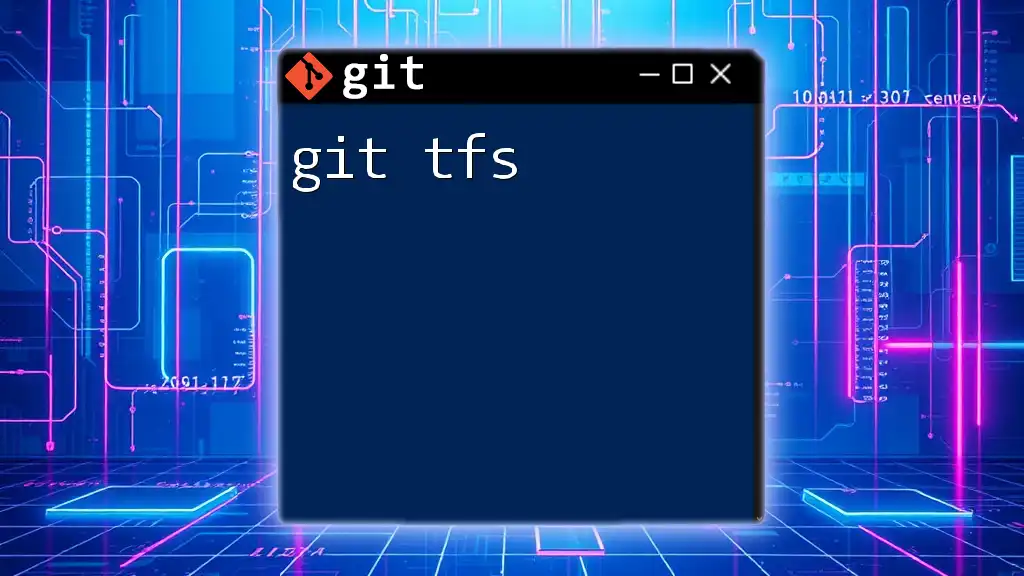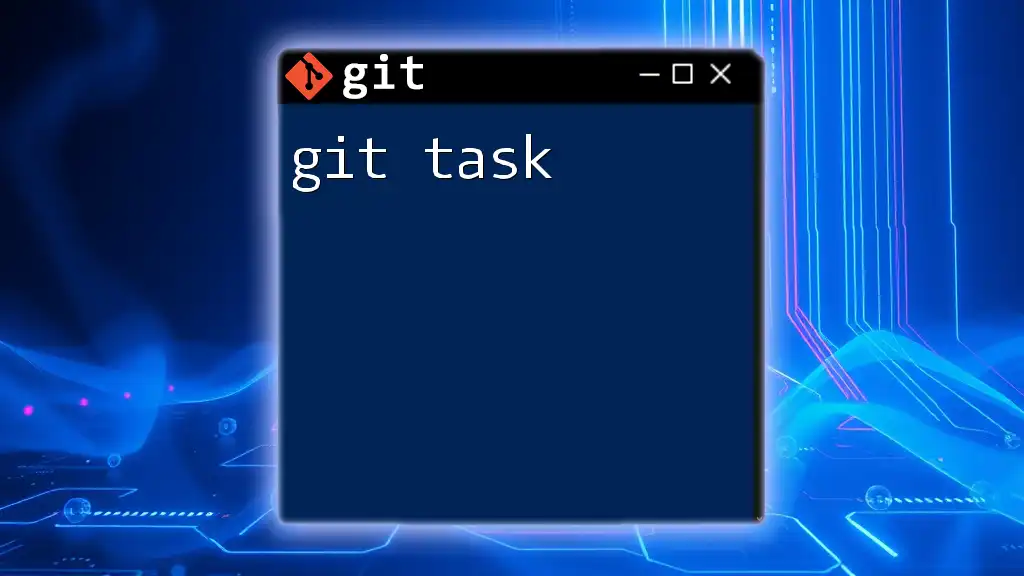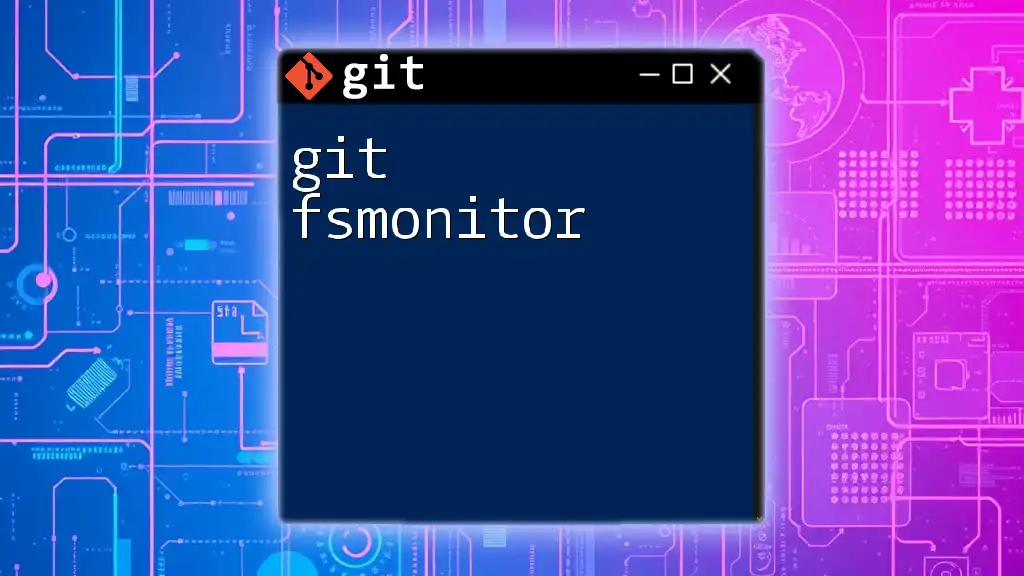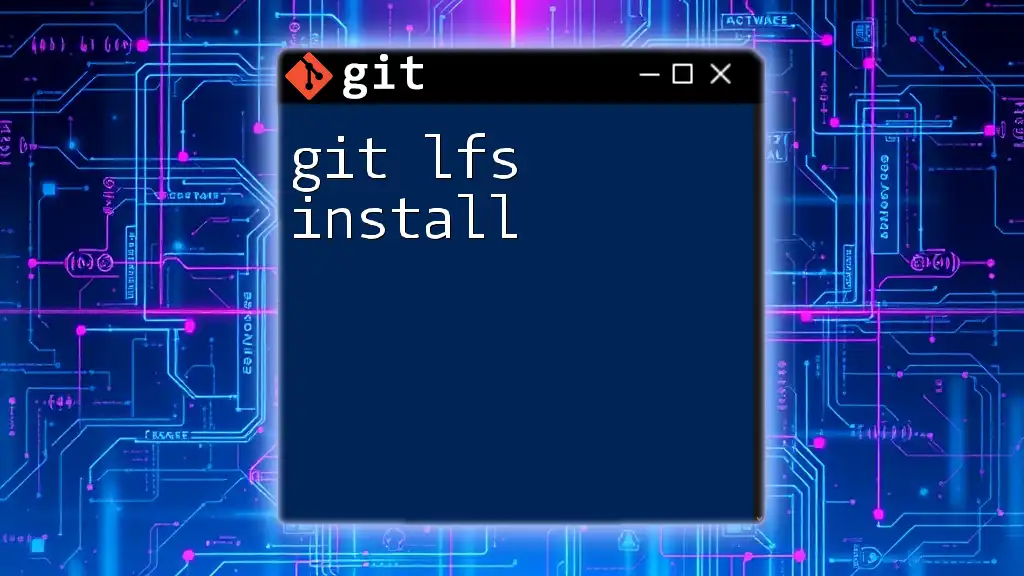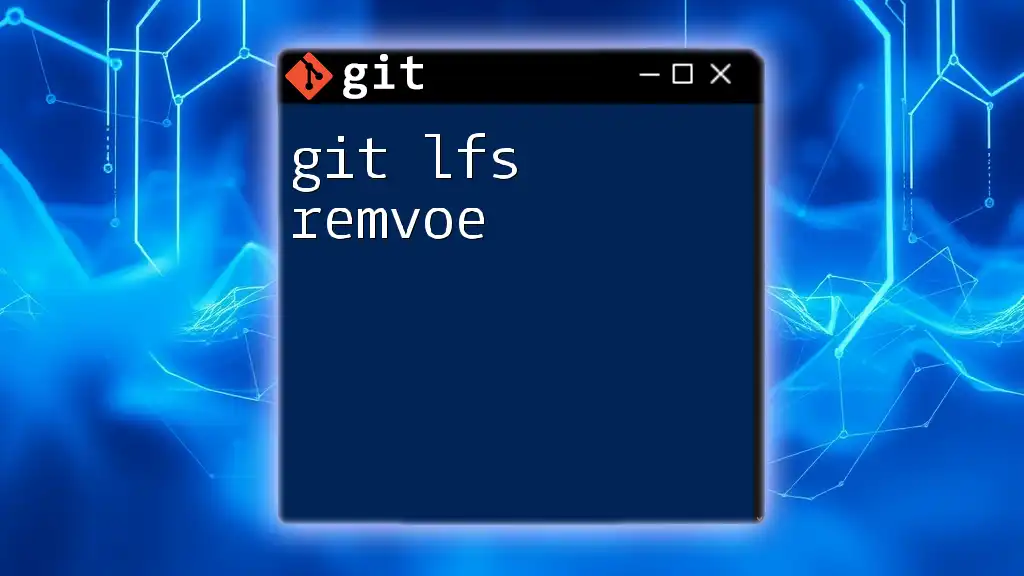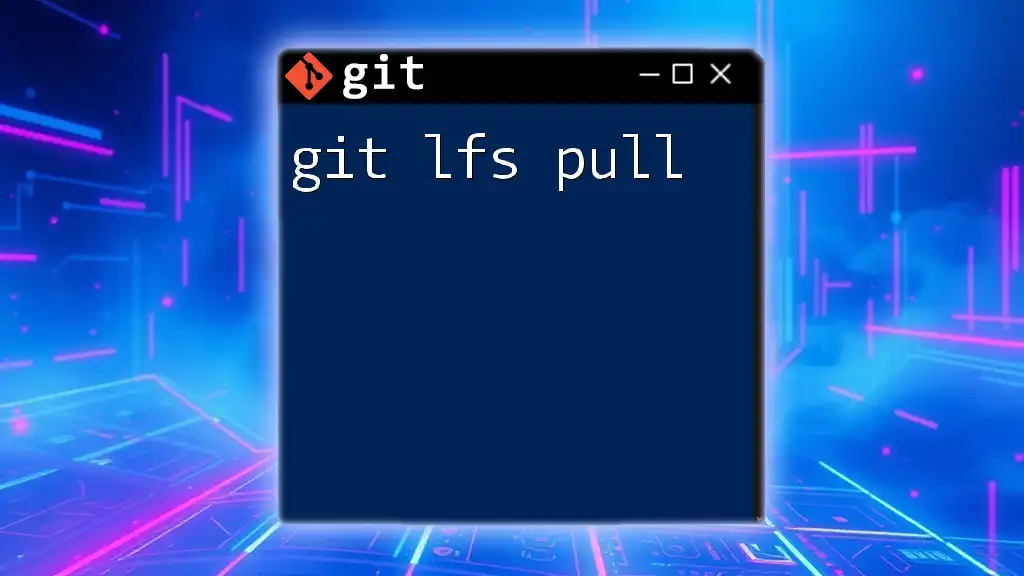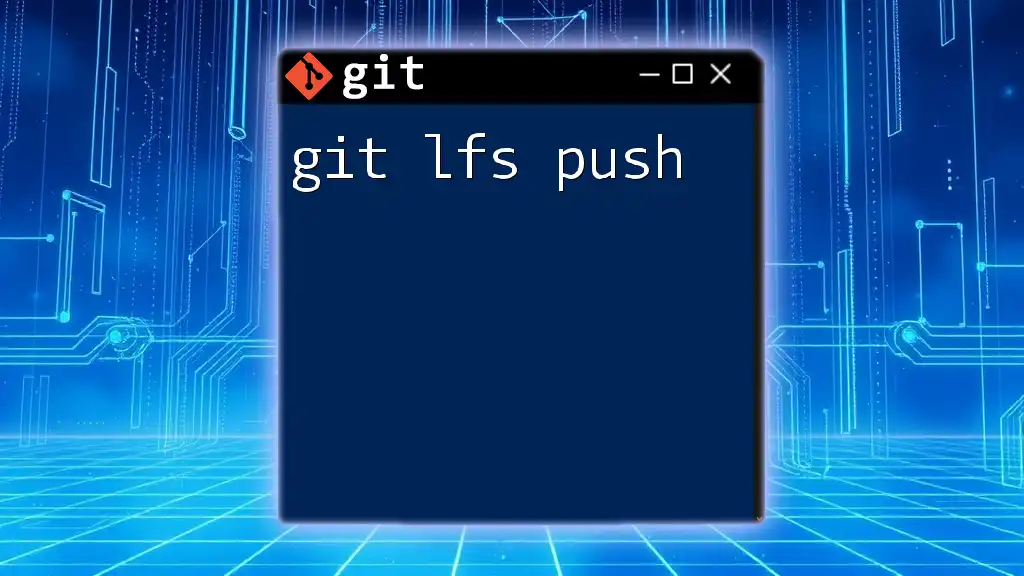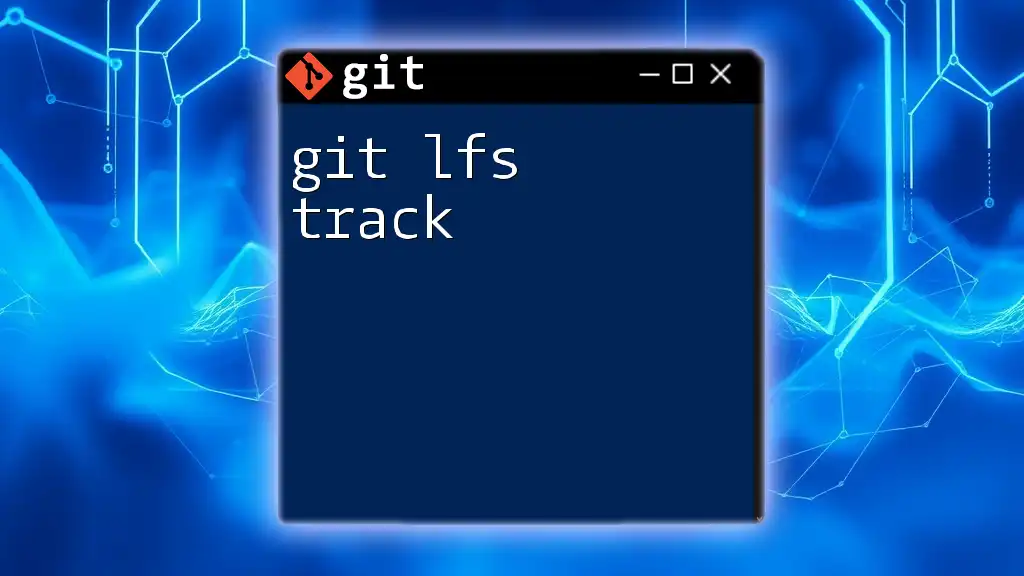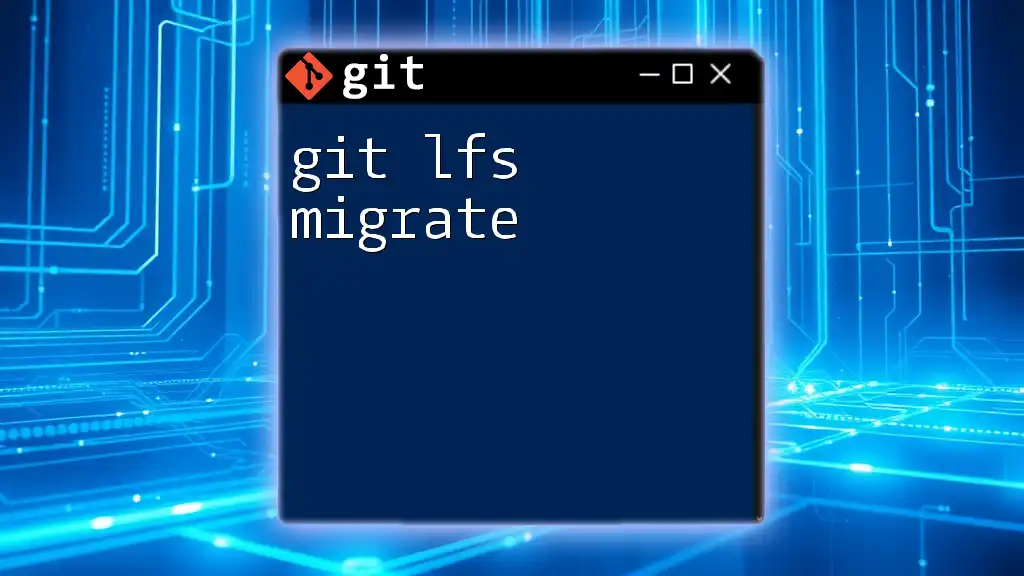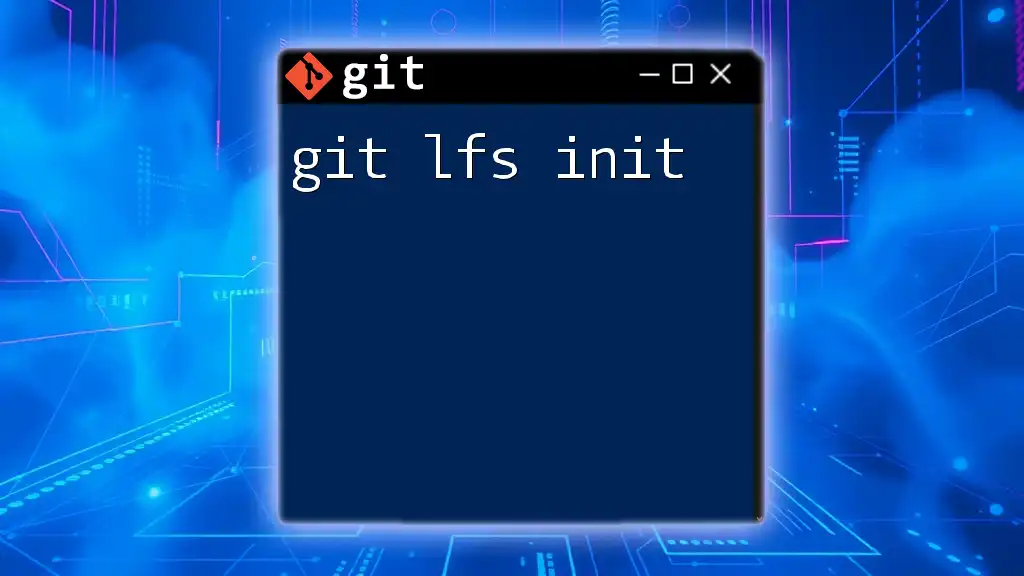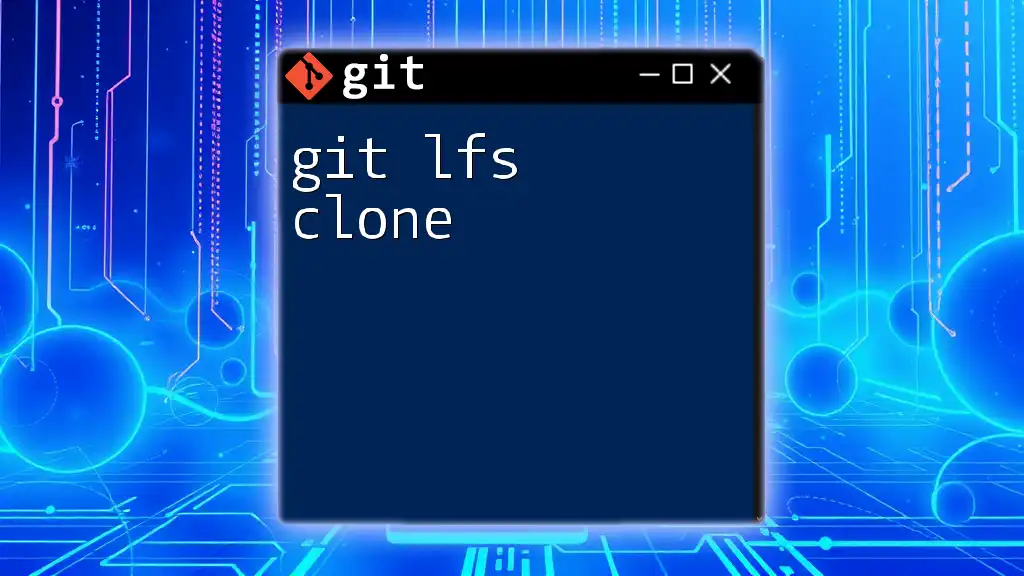`git tfs` is a set of Git commands that facilitates interaction between Git and Team Foundation Server (TFS), allowing users to use Git as their local version control system while synchronizing with TFS.
Here’s a basic command to clone a TFS project into a Git repository:
git tfs clone http://tfs-server:8080/tfs/YourCollection $/YourProject
Understanding the Basics
What is TFS?
Team Foundation Server (TFS) is a Microsoft product that provides a set of collaborative software development tools for managing the lifecycle of your applications. It enables teams to plan, develop, and deliver high-quality software by offering features like source control, project management, reporting, and release management. TFS is historically tied to Microsoft’s ecosystem, including Azure DevOps Services, and it fosters a centralized system for development teams working on various projects.
What is Git?
Git is a distributed version control system renowned for its performance and flexibility in managing source code changes. Unlike traditional centralized version control systems, Git allows every developer to have a complete local copy of the repository, enabling superior branching and merging capabilities. Its use of local repositories enhances speed and minimizes the dependency on a central server, making it a preferred choice for many developers in the software community.
Why Use Git TFS?
Integrating Git with TFS, known as Git TFS, provides the best of both worlds. It combines the robust features of TFS with the flexibility and freedom of distributed version control offered by Git. This integration allows teams to leverage TFS’s architectural strengths while taking advantage of Git's developer-friendly workflow, including powerful branching, easy merging, and a rich ecosystem of tools. Typical scenarios include teams migrating from TFS to Git or those who wish to enjoy Git's capabilities without losing the TFS's central functionalities.
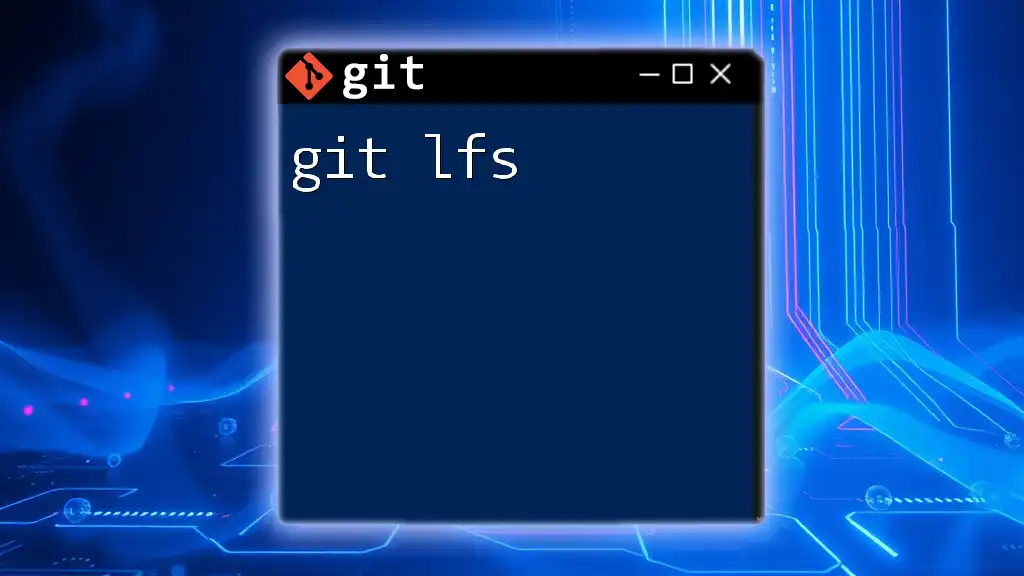
Setting Up Git TFS
Prerequisites
Before diving into the Git TFS setup, ensure you have the necessary components installed:
- Git installation: Visit the official Git website to download and install.
- TFS access: Make sure you have access to your TFS server and permissions to read/write.
- Git TFS installation: This can typically be done via NuGet or by downloading the binaries.
Installation
Installing Git TFS can be accomplished quickly. You can install Git TFS through the command line if you have .NET installed:
dotnet tool install -g GitTfs
After installation, ensure Git TFS is correctly installed by checking the version:
git tfs --version
Configuring Git TFS
Once Git TFS is installed, you’ll need to set up a connection to your TFS repository. Start by configuring your user settings using the following command:
git tfs init http://your-tfs-server/tfs/DefaultCollection $/YourProject
Substitute `http://your-tfs-server/tfs/DefaultCollection` with your TFS URL and `$/YourProject` with the project’s path in TFS.
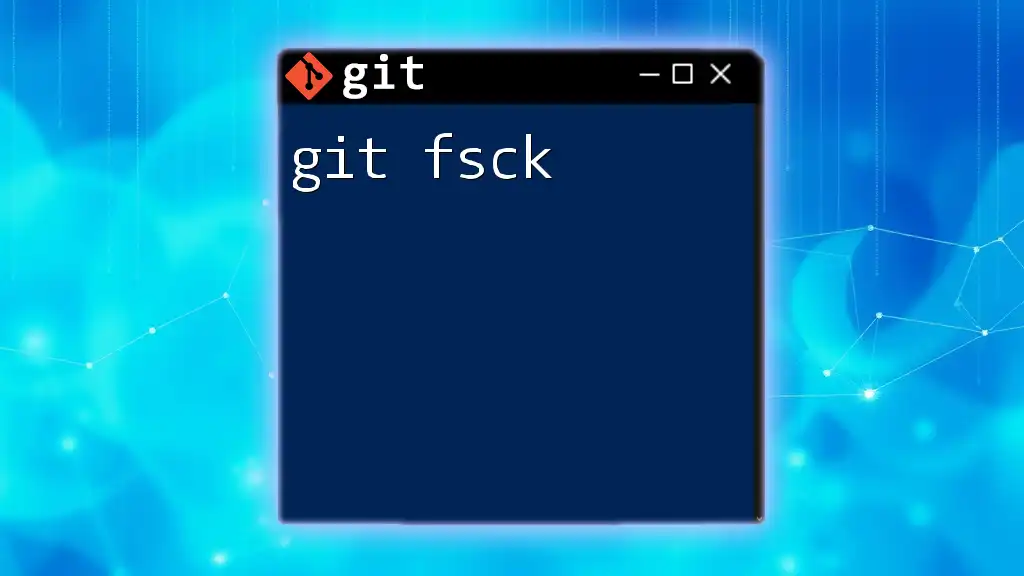
Basic Git TFS Commands
Cloning a TFS Repository
To clone a TFS repository, utilize the following command:
git tfs clone http://your-tfs-server/tfs/DefaultCollection $/YourProject
This command retrieves the latest version of the project from TFS to your local machine. You may include options like `--branches` to specify which branches to clone or `--deep` to get all changesets.
Example:
git tfs clone http://your-tfs-server/tfs/DefaultCollection $/YourProject --branches all --deep
This command will clone all branches, providing a complete workflow when transitioning to Git.
Pulling Changes from TFS
To update your local repository with the latest changes from TFS, use:
git tfs pull
This command fetches changesets from TFS and merges them into your current branch. You can also specify the branch you wish to pull from, enhancing selective synchronization with TFS.
Pushing Changes to TFS
After you’ve made changes and committed them in Git, you can send them back to TFS using:
git tfs checkin
This command will convert your local commits into TFS changesets, following TFS’s check-in policies. Ensure you write meaningful commit messages, as these will reflect in TFS.
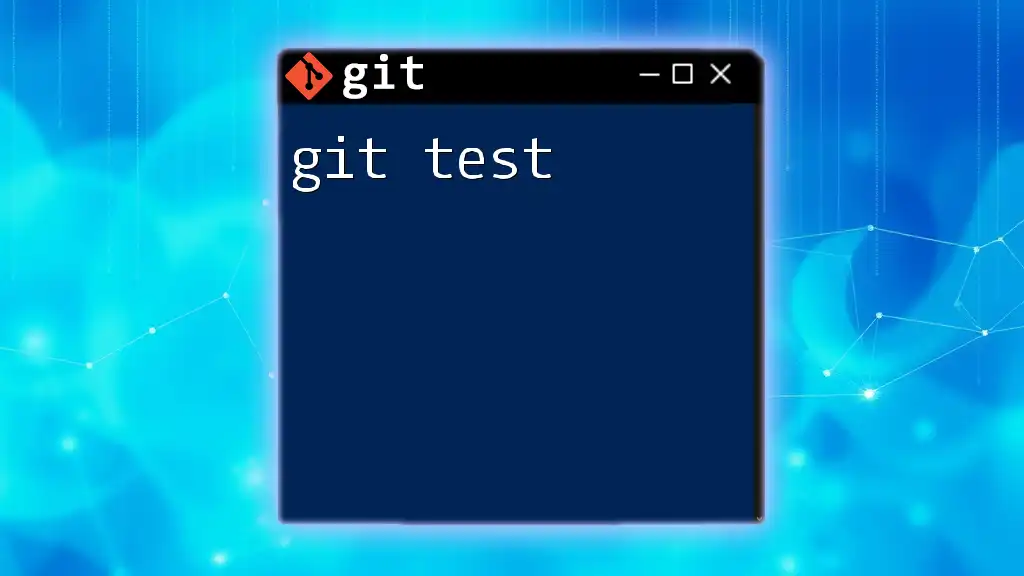
Advanced Git TFS Operations
Branch Management with Git TFS
Managing branches is essential in a collaborative environment. To create a new branch from TFS onto Git, you can use:
git tfs branch
This will create a new local branch mirroring the TFS branch. You can then switch to your branch and work independently. Once completed, merge it back into the main branch using:
git merge your-feature-branch
To synchronize changes between the TFS branches and your local Git branches, use a combination of `git tfs pull` and `git tfs checkin` accordingly.
Resolving Conflicts
Conflicts may arise when multiple team members modify the same files. When you execute a pull, Git TFS will alert you to these conflicts. To resolve them, Git will mark the conflicted files, and you must edit them to combine the changes. After resolving, use:
git add .
git commit -m "Resolved conflicts"
Maintaining a proactive communication channel in the team can significantly reduce conflicts.
Synchronization with TFS
Ongoing synchronization between your local Git repository and TFS is crucial. Frequent pulls ensure that your changes stay up-to-date with the latest from TFS and help in identifying merge conflicts early in the development cycle.
It’s wise to establish a routine (daily or bi-weekly) where you pull changes from TFS, ensuring your local repo reflects all new updates.

Troubleshooting Common Issues
Frequent Errors
Common issues might include network connection problems when accessing TFS, permission errors, and conflicts during merges. Always ensure your network connection is stable and verify your permissions on the TFS repository. For error logs, reviewing the command line output can provide valuable insights into what went wrong.
Tips for a Smooth Workflow
To facilitate a seamless experience with Git TFS, consider these practices:
- Embrace frequent syncs: Regularly pull from TFS to your local repo.
- Communicate changes: Inform team members about significant changes to avoid conflicts.
- Documentation: Keep a written record of any peculiarities faced during TFS commands to reference in the future.
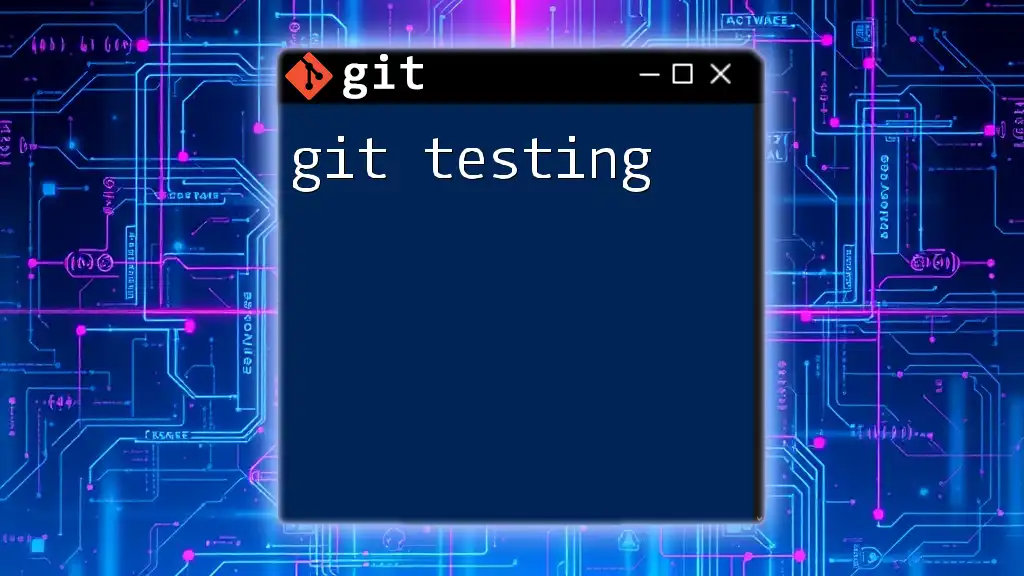
Conclusion
Integrating Git TFS into your development workflow allows for enhanced collaboration and flexibility, combining the robust features of TFS with the advantages of Git. By understanding how to set up and utilize Git TFS commands effectively, teams can greatly improve their software development process. As you continue your journey with Git TFS, embrace the tools and practices that work best for your team to create an efficient and productive environment. Experiment with the commands, learn from challenges, and explore further resources to hone your skill set in version control.

